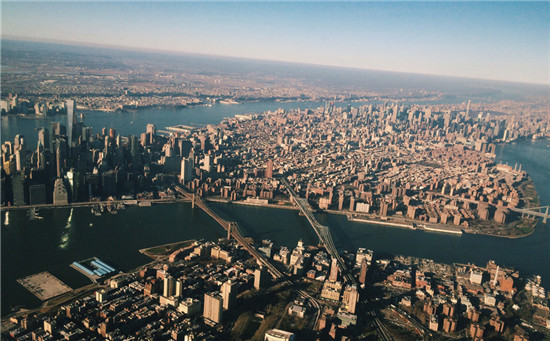
1sustainable development
If modernism is created to adapt to the great social, economic and technological changes that have occurred in the late 19th and early 20th centuries due to the rapid development of industrialization and urbanization, postmodernism originated from the criticism of the drawbacks of modernism, so compact. Urban theory originates from human reflection on development and re-recognition of the relationship between man and nature.
Since the publication of “Silent Spring” in 1962 for nearly half a century, in the face of a series of problems such as the increasingly serious population explosion, food security, ecological problems, energy crisis, human beings have to re-recognize their relationship with nature. Therefore, a new model that seeks to live in harmony with nature and develop harmoniously is different from the traditional concept of development. This is sustainable development, that is, meeting the needs of the present generation without compromising the needs of future generations to meet their needs. The development of the ability.
The history of cities from scratch, from simple to complex, from low to high reflects the same development process of human society and human beings. Today, the city has become an important symbol of the development of human civilization, and the city has become a frontier for achieving sustainable development. Sustainable urban development includes the principles of sustainable urban form: enabling cities to operate within natural and man-made capacities; being friendly to occupants; and maintaining social equity. Urban sustainable development must aim to create a city that is friendly to the citizens and uses resources reasonably, not only in terms of urban form and energy efficiency, but also in terms of urban function and dwelling. Brehne (1992) proposed that urban sustainable development needs to meet the desire of urban development, while considering the external and internal balance of generations, and should not consume resource reserves beyond the capacity of regeneration.

2 The core of a compact city
With regard to compact cities, the argument can be described as complicated, but in combination, the core is nothing more than the following two points:
Relatively high density reduces energy requirements and environmental pollution, thereby better ensuring quality of life and environmental conditions. By building urban forms that make efficient use of energy, reducing transportation demand, thereby reducing emissions from traffic; and protecting the village from damage. Much of the academic research on compact cities has been around this, and of course the focus of the debate is here. In these studies, the work of Australian scholars Newman (1992) and Kenworthy (1989) is very eye-catching. In the process of researching major cities around the world, they compared per capita oil consumption with population density and found that there is a regular relationship between urban density and per capita energy consumption. The cities with the lowest density and the highest energy consumption are often in the United States. Europe has relatively high energy efficiency, and Hong Kong, a city with a very high population density, relies on Pang.
Large transportation system support produces the most economical energy consumption. From this they concluded that if energy consumption and gas emissions are to be reduced, measures must be taken to increase urban density and improve transportation. These studies show that there is an inverse relationship between urban density and per capita energy consumption. Although the results of this study are still controversial in the academic field, it has been accepted and accepted by the government.
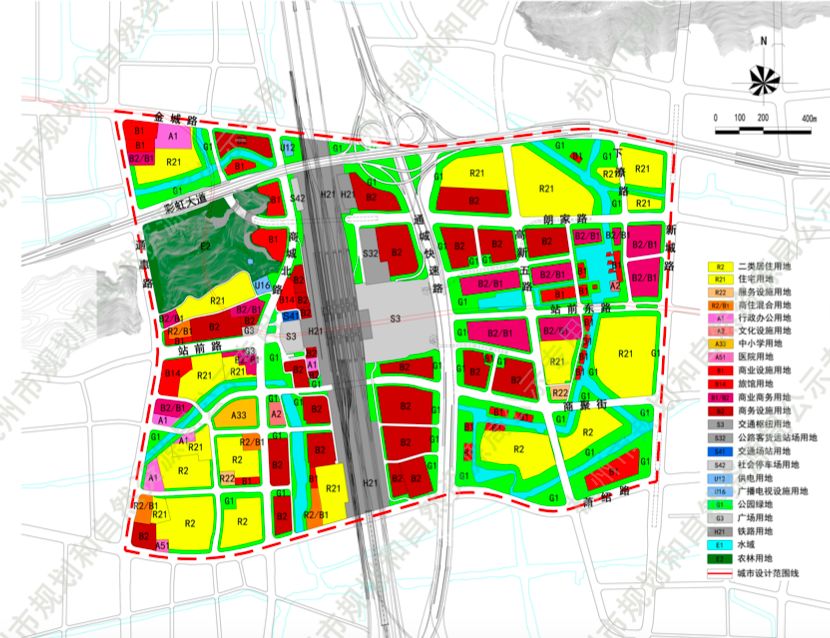
3 mixed-landuse or mix of uses
The mix of land functions in neighborhoods, towns and even cities is conducive to social equity, which helps to reduce travel time, traffic distance and traffic energy consumption. It can encourage walking and bicycles and improve the utilization rate of public facilities. Mixed use and diversity were not first proposed in compact cities, and Jane Jacobs, the challenger of modernist theory, expressed this view as early as the early 1960s. The simple functional division of the city “is a looting of the city”, which is Jacob’s point of view. After reflecting on the many problems that modernism has brought to the city, many new urban ideas have similar views. The functional mix of compact cities includes not only a mix of commercial, office, residential, and other functions of urban land use, but also a mix of functions within a community, within a community, or even within a building. To achieve the diversity of functions within the region and the diversity of age, class, culture and ethnicity of the residents within the community.
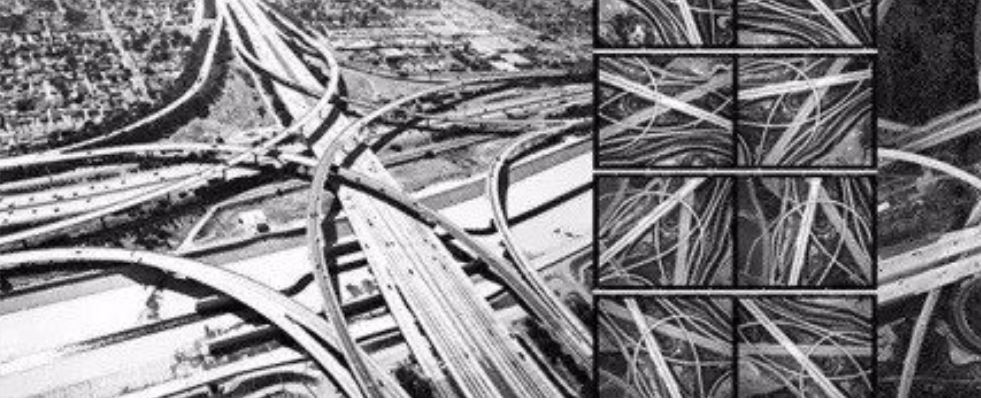
4 Design principles for compact cities
According to different countries, different cities, and different understandings and different status quo and means of implementation for compact cities, the planning methods of compact cities proposed by different scholars in different countries are different, but they are basically the same in principle. In general, the author summarizes the following six points:

4.1 Control urban development and oppose urban sprawl
Urban sprawl leads to uncontrolled expansion of urban built-up areas, reduced green space, environmental degradation, reduced investment in inner cities, financial levies, and declining quality of life. What the compact city opposes is the disorderly spread of this city. To achieve a compact city, the first is to achieve control over the disorderly spread of the city, and to strengthen control over the speed, scale, and construction land of the city. Of course, in this regard, the methods used in various regions of the country
It also varies. For example, the Dutch “concentration of decentralization” strategy; the United Kingdom has set up “green belts” to limit the expansion of cities and the concentration of small towns; Germany has created the “development axis system” theory. An example of a better example of urban development control is the Hong Kong SAR. In Hong Kong, where land use is so tight, the former colonial governor MacLehose allocated 41,000 hm2 in 1975 – 40% of the territory’s land – and is not legally allowed to develop land. It is divided into 23 country parks. This policy allows all Hong Kong citizens to enjoy a beautiful natural leisure life.

4.2 Comprehensive use of land, against functional partitions
The 1933 Athens Charter states that cities have four major functions: living, working, recreation, and transportation. The purpose of urban planning is to plan for the integration of these four functions. The solution is to functionally partition the city. Too much emphasis on functional partitioning results in: people rushing because of living and working in different partitions, resulting in huge one-way traffic between partitions, time-consuming and laborious, and inefficient; and a single functional partition makes city life Becomes no energy. The second principle of achieving a compact city is to achieve a mix of land functions. By promoting a diverse and high-density, mixed-area development of residential, office, school, store and cultural and leisure services, walking and cycling will be encouraged, the need for car travel will be reduced, and road spaces suitable for a variety of activities will be created (CIAM, 1996). At the same time, people of different races and income levels can be attracted to live here (CEU, 2003). Its purpose is to minimize land, energy and waste of resources, improve the efficiency of cities and communities, and increase the vitality of the city.
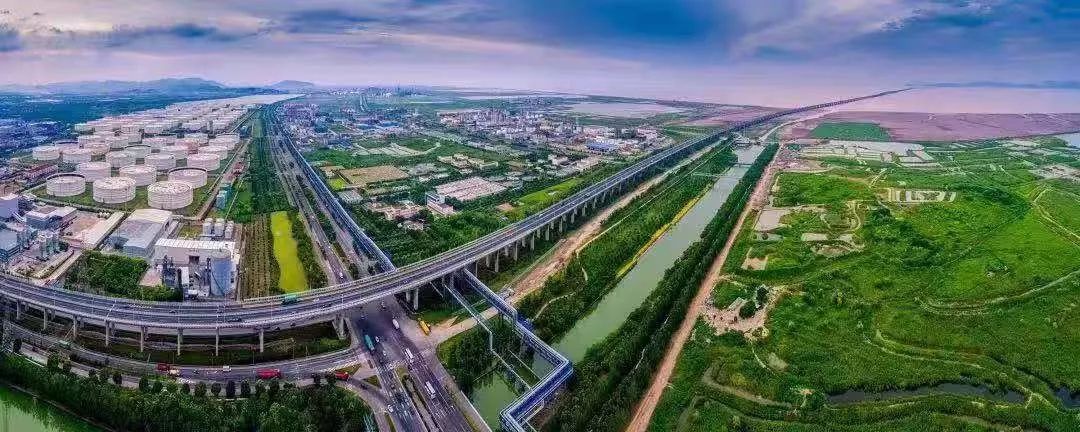
4.3 Promote public transportation and limit cars
Cars can be said to be the chief culprit in energy consumption and anti-sustainability. According to the latest data released by environmental protection agencies, the United States, which accounts for 5% of the world’s total population, owns 30% of the world’s total. These vehicles emit 45% of the world’s total CO2 emissions. A study by ECOTEC (1993) for the British government also conveyed similar information. He proved that there is an inverse relationship between urban density and traffic distance, and the exercise distance of the car is the main factor causing the difference. Because the CO2 emissions of cars are much higher than other forms of public transportation: car 201 g / km, bus 71 g / km, subway 100 g / km, bus 159 g / km. Cars have a tendency to decentralize the urban form. Public transportation is highly praised by compact city theory because of its large transportation capacity, high energy efficiency, low parking area and ease of traffic congestion. Moreover, public transportation is suitable for high-density cities, and the distribution of traffic sources is relatively concentrated; contrary to cars, there is a tendency to concentrate on urban forms. At the same time, there are other advantages to promoting public transportation: efficient use of space, less solid waste, lower social costs, and less noise and air pollution.
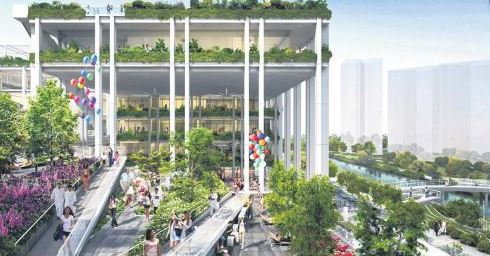
4.4 Rational use of resources and infrastructure
The construction of each new area may bring unbearable pressure on resources and infrastructure (water supply and drainage, electricity, gas, etc.), and unreasonable use will also bring a lot of waste to these resources and infrastructure. Achieving a compact city requires maximizing the use of urban land, especially those that are idle, abandoned and polluted; protecting important open spaces in rural and urban areas. At the same time, maximize the use of existing infrastructure, including schools, public transportation, highways, sewers, waste disposal and other utilities to reduce economic, environmental and social costs. The shape of a compact city is more able to ensure the efficiency of energy, infrastructure and land resources.

4.5 Creating a neighborhood space suitable for walking
In order to reduce the use of cars, the center of the urban neighborhood community will be centered on the pedestrians, reducing the need for car commuting; while most cities currently have the opposite, “walkers” have to succumb to cars and are forced to enter Authentic, take the bridge. The walking neighborhood space provides a convenient and safe pedestrian area. It is a place where people are willing to live, work, study and relax. It can reduce transportation costs, get more communication opportunities, and have better communication. Environmental Quality. To achieve this goal, the community size can be controlled to include schools, parks and small businesses; or limit the width and length of the road, control the line of sight, reduce the turning radius, etc.; also by widening the sidewalk, planting Measures such as street trees and speed limits.
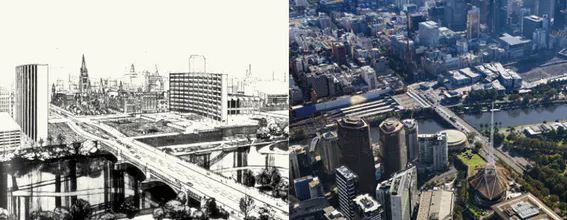
4.6 Policy system and legal and legal protection
To achieve a compact city, it is difficult for planners alone to bring the changes necessary to achieve a sustainable city. Although the goal of a compact city has now been established in the policies of many European countries. However, in the process of formulating policies and implementation, the cooperation between other local policy departments, developers and land holders, public service providers, merchants, local regulatory agencies and urban residents is a must. If the rules are not innovated, the original laws, regulations and policy claims may run counter to the concept of a compact city and may cause strong protests.
4 Definition of compact city
For compact cities, there is still no recognized definition in foreign academic circles. After combing various academic papers and materials, the author believes that the definition of compact cities can be roughly divided into narrow and broad.
4.1 Narrow, compact city
Compared with urban sprawl and ultra-high-density, its prototypes have a history of more than a thousand years, and still retain the characteristics of the Middle Ages – higher density of urban areas, narrow streets, mixed functions, Pleasant walking scale, but the city size is not large; the building height is mainly 3 to 6 floors. For scholars who hold this view, the urban sprawl that has already invaded the American countryside is certainly the object of opposition, and ultra-high-density compact cities like Hong Kong, New York, and Tokyo are also objects of opposition. They will His own compact city theory is limited to a geometric form in which the urban type looks very much like the old small town, and is therefore truly a return to traditional urbanism.

4.2 Generalized compact city
In fact, the humanities, history, city size and density of each country in the world are changing. It is obviously impossible to use a model to adapt to such complex changes. Moreover, this definition is only one reference. A model similar to medieval European cities. In order to solve the problem of sustainable development on a global scale, other scholars have proposed a compact city in a broad sense. Their common features include compact, functional hybrid and network-shaped streets, good public transport facilities, and high-quality environmental control. And city management. For them: not so much a compact city is a set of theories, but rather a strategy to achieve sustainable urban development. The means include: promoting urban redevelopment, regeneration or revival; protecting agricultural land, limiting large-scale development in rural areas; higher urban density; functional mixed land use; prioritizing public transport and centralizing urban development at its nodes
Wait.
